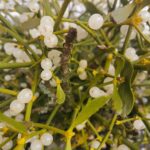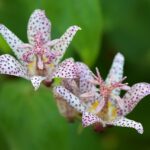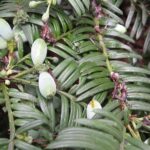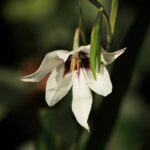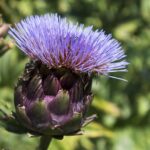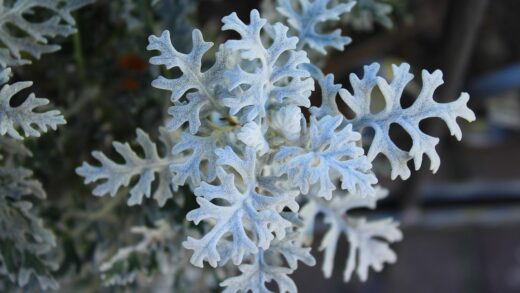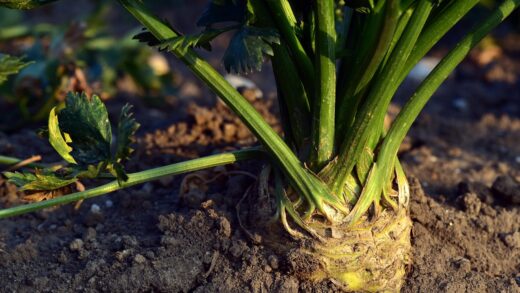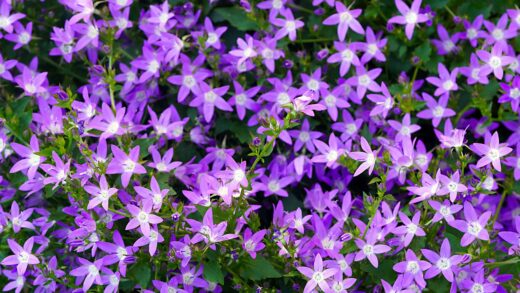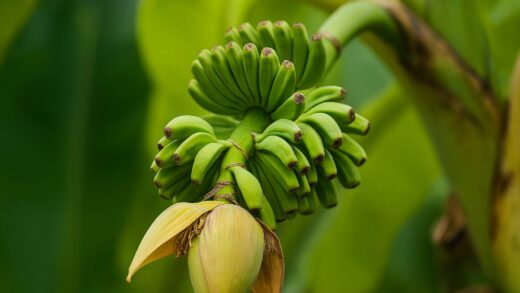The Painted Lady butterfly, also known as the thistle butterfly, is one of the most well-known and widespread migratory butterflies, traveling vast distances annually from Africa towards the northern parts of Europe. Although adult butterflies play an important role in pollination, their caterpillars can occasionally cause significant damage to agricultural crops, especially sunflower, soybean, and various vegetable stands. Effective control is based on a precise understanding of the pest’s biology and life cycle, which allows for the timing of preventive measures and targeted interventions. A successful control strategy is a complex, multi-component system that includes agrotechnical methods, biological control options, and, if necessary, chemical interventions.
The lifestyle of the Painted Lady butterfly is closely tied to its migration cycle, the understanding of which is crucial for control purposes. The butterflies arrive in Central Europe in the spring, typically in April and May, from the southern, Mediterranean regions. The females lay their eggs individually on the undersides of the host plant leaves, from which the larvae, or caterpillars, hatch within a few days. The development period of the caterpillars lasts for 2-4 weeks, depending on the temperature, during which they feed continuously and go through several molts. It is in this stage that they cause the most economic damage by reducing the plant’s assimilation surface through leaf chewing.
The extent of the damage largely depends on the population density and the developmental stage of the caterpillars. Young caterpillars initially cause only minor scraping on the leaves, but in later developmental stages, they cause significant leaf loss through scalloping. In cases of severe infestation, complete defoliation can occur, which can lead to the total destruction of the plant, especially in young, underdeveloped stands. The caterpillars create a characteristic web around themselves, in which they hide from predators and adverse weather conditions, and this webbing can also reduce the effectiveness of pesticides.
The gradation, or mass proliferation, of the Painted Lady butterfly does not occur every year but follows a cyclical pattern. The success of the migration and the population size of the subsequent generation largely depend on the prevailing weather conditions in the areas of origin and along the migration route. Warm, dry spring weather favors their proliferation, while cool, rainy weather inhibits their development and migration. Therefore, before making control decisions, it is essential to continuously monitor the butterfly’s swarming and the appearance of caterpillars.
Prevention and agrotechnical control
The most effective and environmentally friendly way to combat the Painted Lady butterfly is through prevention, based on various agrotechnical procedures. The goal of preventive strategies is to create an environment for cultivated plants that is less attractive to the pest for egg-laying and simultaneously inhibits the development of caterpillars. These methods can be effective not only against the Painted Lady butterfly but also against other pests and pathogens, contributing to the maintenance of a stable and healthy plant stand. Properly selected and timed agrotechnology reduces the need for chemical interventions.
One of the most important preventive steps is keeping the area weed-free, especially at the beginning of the growing season. The primary host plants for the Painted Lady caterpillar are composite weeds, such as field thistle, various thistle species, and ragweed. If these weeds are present in large numbers in the field or along its edges, they provide an ideal egg-laying site and an initial food source for the butterflies. Weed control, whether mechanical or chemical, significantly reduces the initial risk of infestation, as the butterflies cannot find suitable places to lay their eggs.
Crop rotation also plays a crucial role in prevention. Although the Painted Lady butterfly is polyphagous, meaning it feeds on a wide variety of plants, it prefers certain crops such as sunflower and soybean. Growing these plants in the same area year after year promotes the local buildup of the pest population. A proper crop rotation cycle breaks the pest’s life cycle and reduces the infestation pressure for the following year, making the plant stand more resistant to attack.
Another important agrotechnical element is ensuring the optimal condition of the plant stand. Healthy, well-nourished plants with an adequate water supply are much more resistant to pest attacks and can regenerate more quickly after potential damage. Balanced nutrient supply, soil cultivation, and irrigation all contribute to maintaining the vitality of the plants. A strong, vigorous stand can better tolerate caterpillar feeding and can still produce an adequate yield despite some loss of leaf surface.
Biological and biotechnological control options
Biological control is based on the use of natural enemies and biologically derived active substances, and it is gaining more ground in modern, integrated pest management. These methods are selective, meaning they target the pest while sparing beneficial organisms such as pollinating insects and natural enemies. For the Painted Lady butterfly, several biological control options are available that can provide an effective alternative or supplement to chemical pest control. The key to success here is also proper timing.
The caterpillars of the Painted Lady butterfly have numerous natural enemies, including predatory insects, parasitoid wasps, and various bird species. The larvae of beneficial organisms such as ladybugs, lacewings, and hoverflies consume the young caterpillars, while parasitoid wasps lay their eggs in the eggs or caterpillars, destroying the host from within. Preserving and supporting the populations of these predators and parasitoids is crucial; this can be achieved by creating biodiversity-enhancing strips, flowering borders, and using selective pesticides.
One of the most common tools of biotechnological control is the application of preparations based on the bacterium Bacillus thuringiensis (Bt). This bacterium produces specific proteins, so-called crystal toxins, which are activated in the digestive system of lepidopteran caterpillars, causing cell death. After consuming a Bt-containing plant part, the caterpillar stops feeding shortly thereafter and dies. The great advantage of Bt preparations is their selectivity, as they only affect butterfly and moth caterpillars, making them completely harmless to bees, ladybugs, and other beneficial insects.
For biological control to be effective, the timing of application is critical. Bacillus thuringiensis preparations should be applied against young, actively feeding caterpillars, as they need to ingest the active ingredient. Their effectiveness decreases against older larvae. The treatment is generally recommended in the early evening, as the Bt bacterium is sensitive to UV radiation. Successful biological control relies on thorough forecasting and precise monitoring of caterpillar hatching to ensure the intervention occurs at the most sensitive developmental stage.
Chemical control: when and with what?
Although prioritizing preventive and biological methods is recommended, in some cases, especially during mass outbreaks (gradation), chemical control may become unavoidable. The decision to intervene chemically should always be preceded by careful consideration, taking into account the economic threshold, the developmental stage of the caterpillars, and the presence of beneficial organisms. The goal is to achieve effective control with the least possible impact on the environment and non-target organisms. Improperly used insecticides can do more harm than good.
To assess the need for control, understanding the economic threshold is essential. This refers to the number of caterpillars per plant or per square meter, above which the expected yield loss exceeds the cost of control. This value may vary depending on the crop and the plant’s developmental stage. For example, in sunflower, the threshold is typically 1-2 caterpillars per plant. Regular field scouting and caterpillar counting help in making a responsible decision, avoiding unnecessary spraying.
Choosing the right pesticide is crucial. Numerous insecticides with different modes of action are available against Painted Lady caterpillars. Pyrethroid-type active ingredients have a rapid knockdown effect but are not selective, making them dangerous to beneficial insects. There are also more specific preparations that inhibit caterpillar molting or chitin synthesis, which are gentler on the environment. Always choose a product authorized for the specific crop, preferably one that can be applied with bee-sparing technology, and strictly adhere to the instructions for use.
The timing of chemical control is also a critical factor. The treatment should be targeted against the young larval stages, as they are the most sensitive to pesticides. Older caterpillars, especially those that have already created a dense web around themselves, are much more resistant and harder to reach with the spray. Spraying should be carried out in the evening or early morning, during periods of no bee activity, to minimize the negative impact on pollinating insects. Proper spraying technique and ensuring good coverage also increase the success of the treatment.



